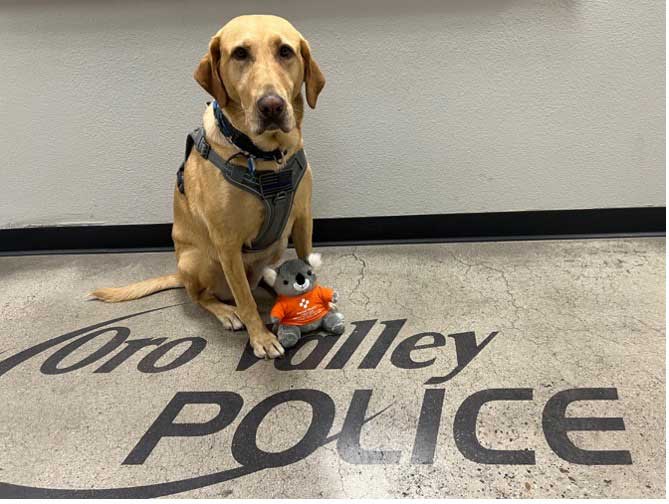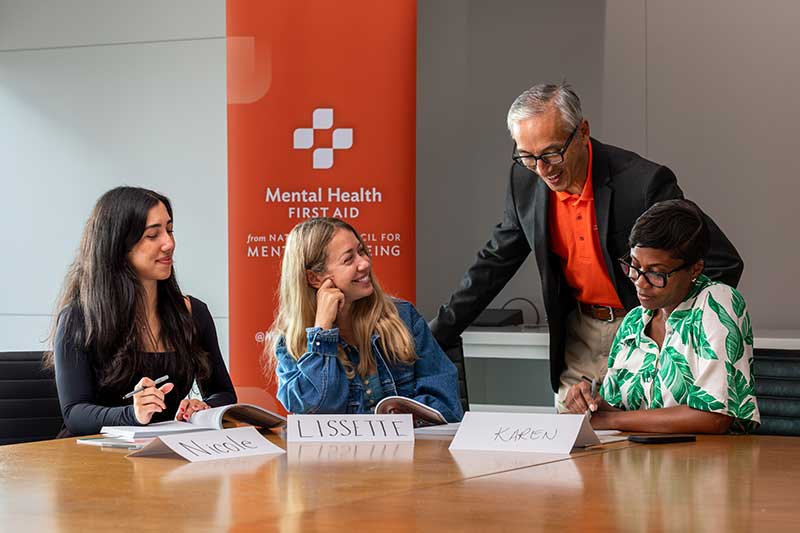When we sit down to talk to each other, not everything is said out loud. In fact, our non-verbal communication, or body language, often speaks loudest. Non-verbal communication and behavior cues play a huge role in how our words and intentions are interpreted. Improving your non-verbal communication techniques can help show your support and be present in the moment.
Whether you’re having a serious conversation about mental health, a business meeting or a chill chat over coffee, cues like facial expressions, body posture and eye contact signal that you’re really listening and caring.
If you’re supporting someone experiencing a mental health or substance use challenge, it’s important to be mindful of not only what you say, but what you say with your body language and other non-verbal communication techniques.
To show support for someone we’re talking to, it’s important to not only be aware of their nonverbal cues, but also our own. Keep this awareness in mind during your next conversation about mental health.
There are many types of non-verbal behavior, but don’t overthink it: stay natural, and be present in the conversation. Here are 6 tips to improve your non-verbal communication:
- Pay close attention to what the person says. Really listening to what the person is telling you is crucial to being a helpful listener. When you reply, it can be helpful to repeat some of what they told you, using the same language. This attention to detail demonstrates that you care.
- Maintain comfortable eye contact. Don’t avoid eye contact but do avoid staring. It’s important to meet someone’s gaze. It shows you are interested and that your focus is on them – quite literally!
- Maintain an open body position. Avoid crossing your arms over your body – it may appear defensive. When your body position is open, it conveys that you are open to listening.
- Sit down, even if the person is standing. Being on the same level as someone appears less threatening and can make them feel more comfortable, while avoiding feelings of tension or nervousness when having personal conversations.
- Sit alongside and angled toward the person rather than directly opposite them. This allows the conversation to feel friendly and nonconfrontational. No one wants to feel like they’re being interviewed.
- Avoid fidgeting. During a sensitive conversation, it may be tempting to fidget, but it can be distracting to the person who is talking. It could also make it appear that you are uncomfortable, nervous or bored.
When used together, these non-verbal behaviors can improve your communication skills. Sometimes it’s not about what you say, but what you do. By being an effective listener, you are showing your support. This is especially key when helping a friend, family member or someone in your community who may be living with a mental health or substance use challenge.
Conversations about mental health can be tough. That’s why Mental Health First Aid teaches the skills needed to support someone experiencing a mental health or substance use challenge, including how to show you care during those tough conversations.



